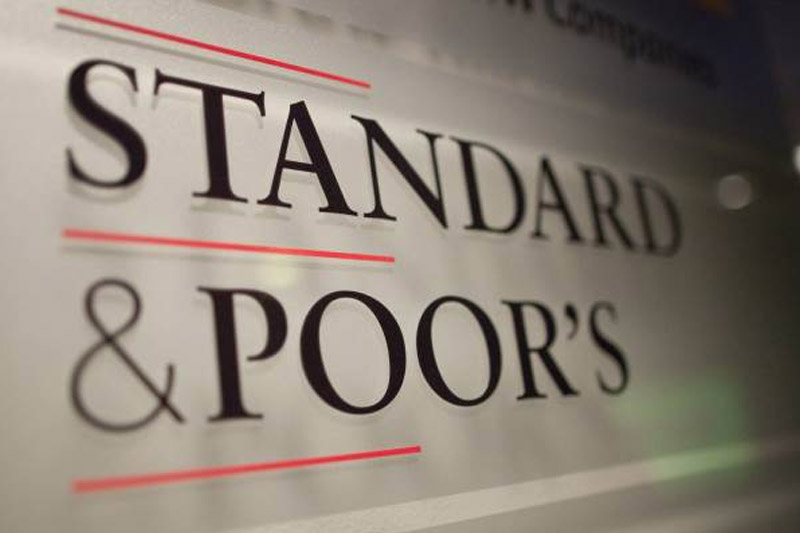(Bloomberg) -- Gulf banks are entering an age of weaker profits as a result of the coronavirus outbreak and a decline in crude prices, according to S&P Global Ratings.
“The pandemic and drop in oil prices could mark the start of a new era,” S&P analysts led by Mohamed Damak in Dubai said in a report. “This new era is characterized by a decline in oil wealth, a lower multiplier effect in the local economies, and lower profitability.”
With a sluggish economic recovery likely to hold back lending in the six-member Gulf Cooperation Council, a period of reduced profitability could be “longer lasting,” according to S&P. The rating company also predicts that regional banks’ asset quality may deteriorate at a faster rate.
“Rated banks in the GCC face an uphill struggle in the next 18 months due to the protracted nature of the economic recovery and the expected gradual withdrawal of regulatory forbearance measures,” S&P’s analysts said.
Facing pressure on their bottom line, lenders in the region could respond by trying to consolidate or looking to fintech solutions to lower their costs, according to the report.
“A second wave of mergers and acquisitions could start when the full impact of the weaker operating environment on banks becomes apparent,” the analysts said.
The recent purchase of Samba Financial Group by National Commercial Bank, Saudi Arabia’s largest lender by assets, marks the latest of the “first wave” of transactions, which S&P said is motivated by shareholders wanting to reorganize their assets.
Deals may take place across different GCC countries or sheikhdoms in the case of the United Arab Emirates, according to the report.
“It would require more aggressive moves by management than we have seen in the past,” S&P said. “The second wave will be more opportunistic and driven by economic rationale. The operating environment might push some banks to find a stronger shareholder or to join forces with other banks to enhance their resilience.”
Other highlights from the report:
- Lending growth in the region “will remain muted,” reaching about 5% for most countries in 2021.
- GCC banks’ lending growth slowed in the first half of 2020 to an annualized 6.6%, compared with 9.4% in 2019 for S&P’s sample.
- Under S&P’s base-case scenario, Saudi lending growth is set to decelerate from 2020, but is still expected to exceed that of other GCC countries in 2021.
-
The average ratio of non-performing loans is forecast to increase to about 5%-6% in the next 12-24 months for S&P’s sample of banks.
- The share of NPLs to total loans reached 3.7% as of June 30, compared with 3.2% at end-2019.
- S&P’s assumptions include oil prices stabilizing at $50 per barrel and the wide availability of a Covid-19 vaccine by mid-2021; they exclude any “additional significant stimulus programs.”
©2020 Bloomberg L.P.
